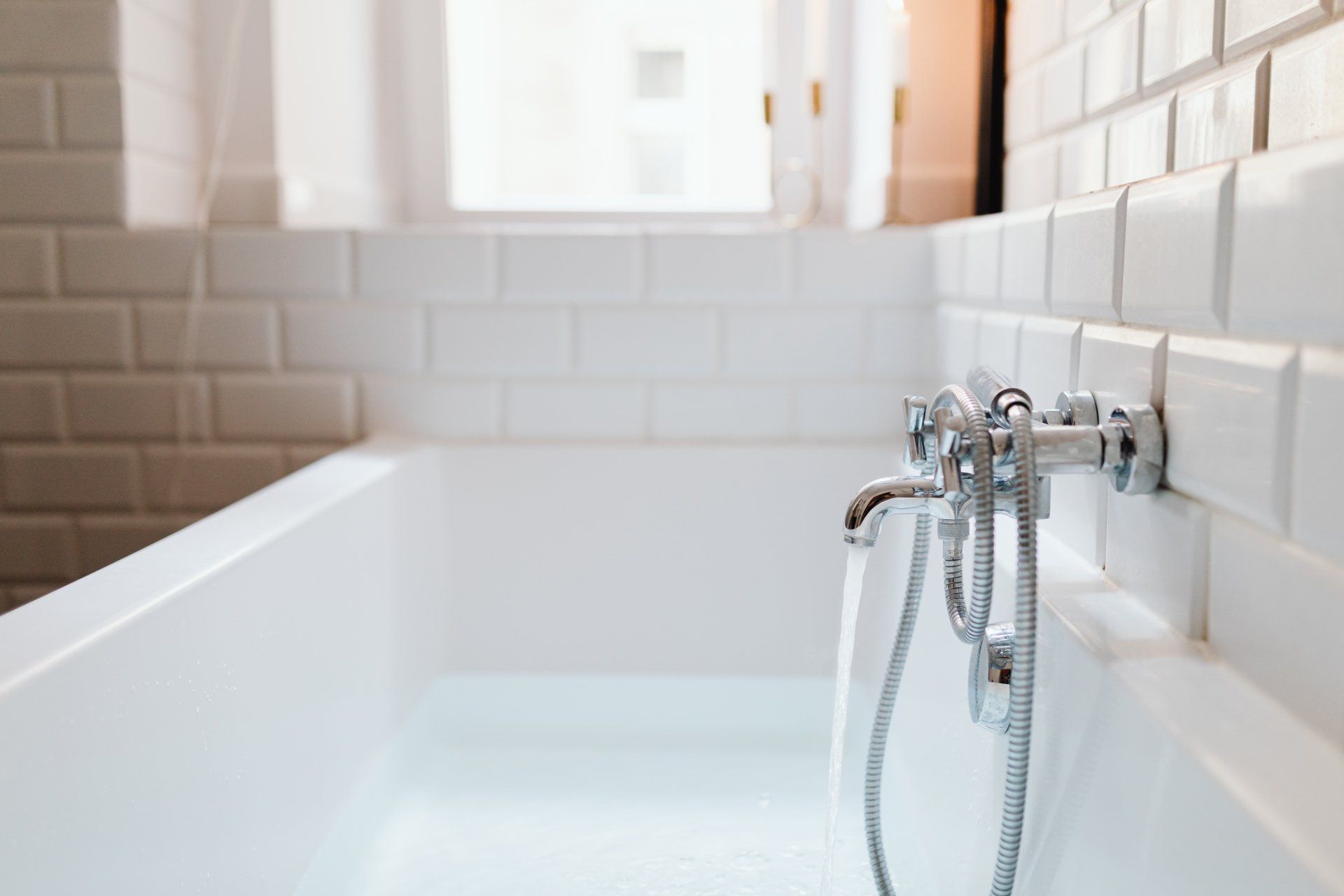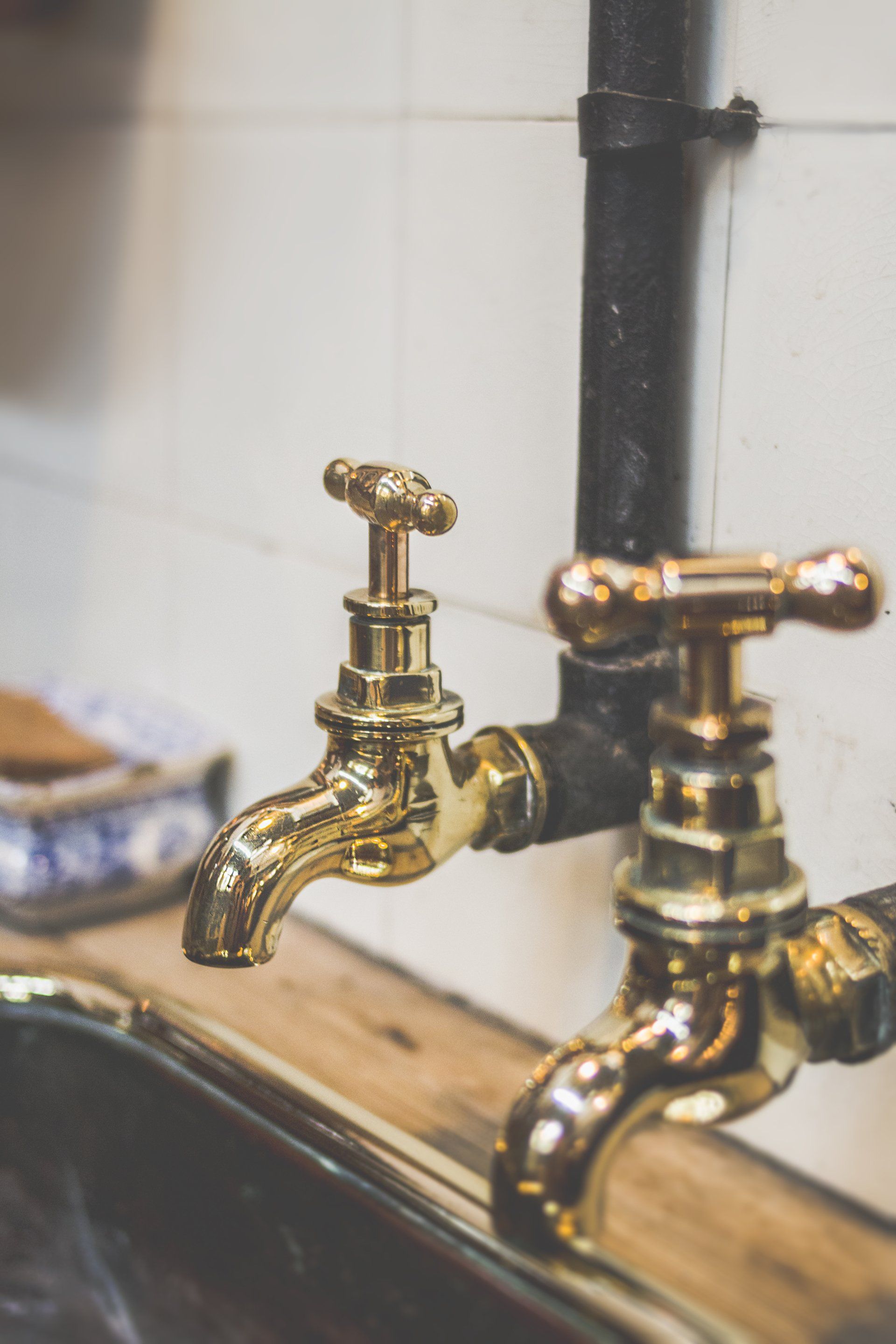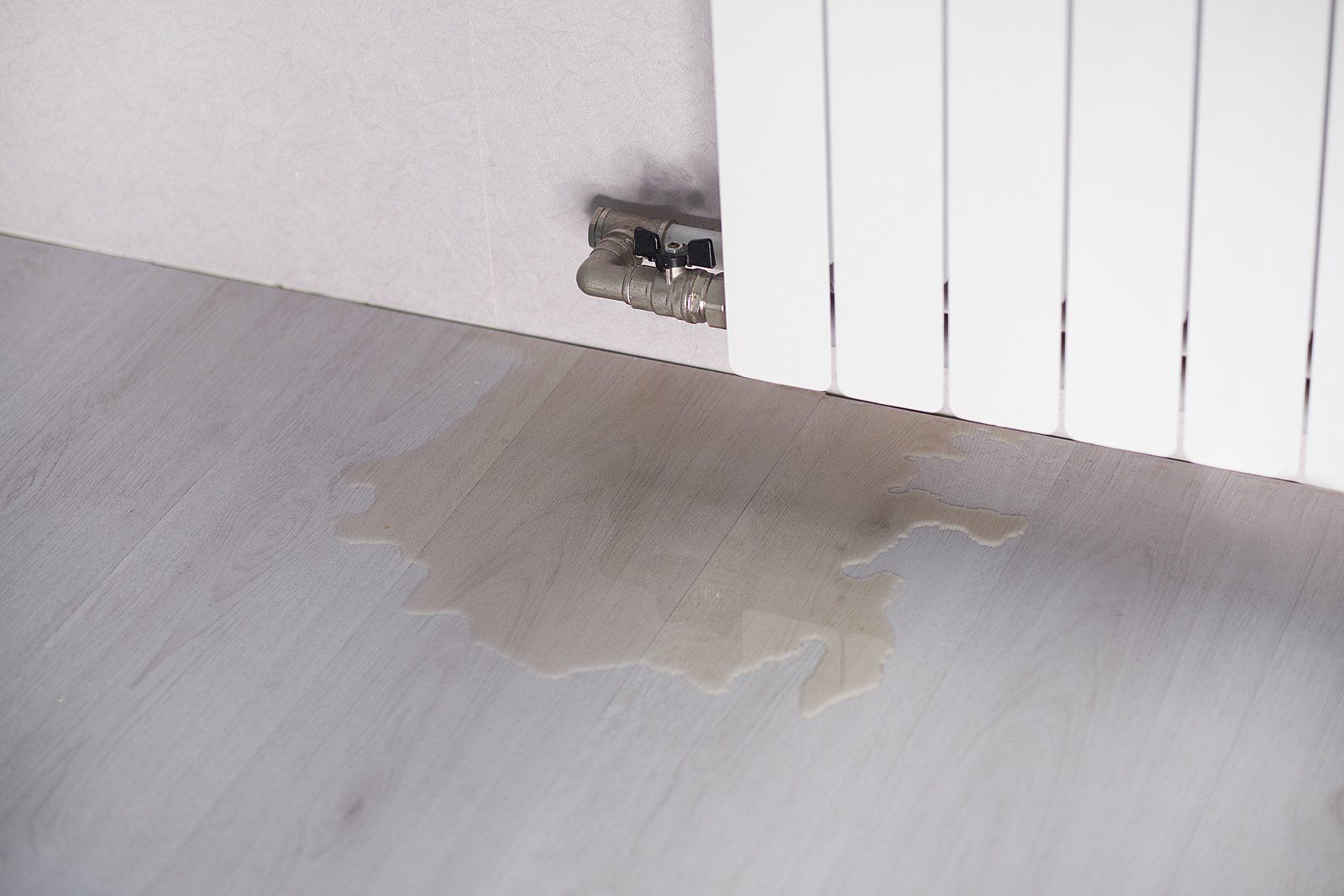Blog
Blog
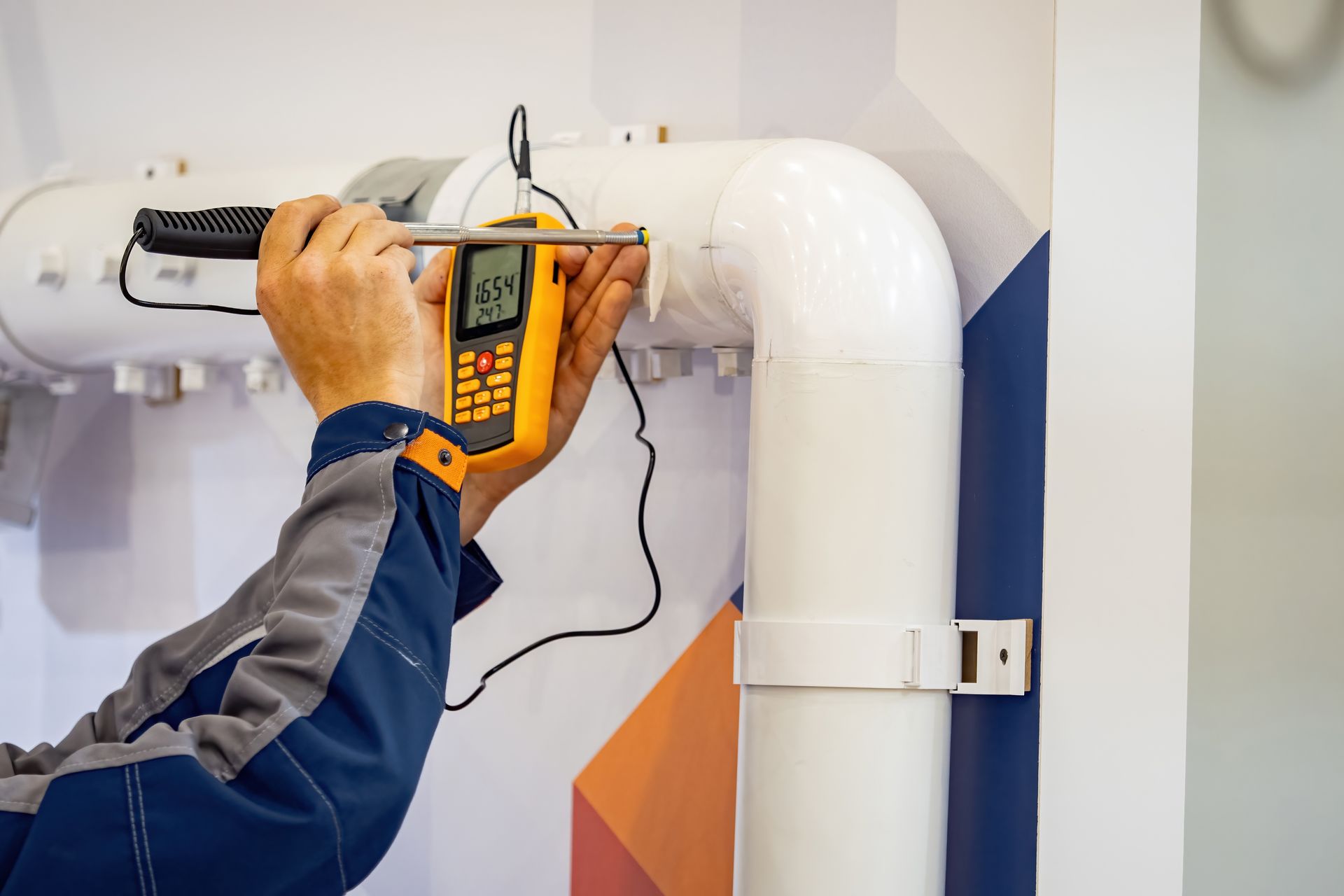
March 11, 2025
Gas leaks are a serious hazard that homeowners and businesses must address immediately. A leak in a gas line can lead to health risks, property damage, and even catastrophic explosions. Understanding the signs of a gas leak, the risks involved, and the importance of hiring professional plumbers like Dodson Plumbing for gas line repairs and maintenance can help prevent dangerous situations. What Causes Gas Leaks? Gas leaks can occur due to various reasons, including: Aging Infrastructure : Older gas lines may corrode or develop cracks over time. Poor Installation : Incorrectly installed gas lines can lead to leaks, especially if connections are not secure. Accidental Damage : Digging in the yard, renovations, or heavy impact can damage gas lines. Faulty Appliances : Stoves, water heaters, furnaces, and other gas-powered appliances can develop leaks due to worn-out components. Loose Connections : Improper fittings and seals can allow gas to escape gradually. Signs of a Gas Leak Gas leaks can sometimes be subtle, but knowing the warning signs can save lives. Watch out for: Rotten Egg Smell : Natural gas is odorless, but gas companies add mercaptan, a sulfur-like smell, to help detect leaks. Hissing Sounds : If you hear a hissing or whistling noise near gas appliances or gas lines, it could indicate a leak. Dead or Dying Vegetation : A gas leak near plants can cause them to wilt or die suddenly. Bubbles in Water : If gas lines run under a wet surface, a leak may create bubbles in standing water. Physical Symptoms : Exposure to a gas leak can cause dizziness, headaches, nausea, and respiratory problems. The Dangers of Gas Leaks Gas leaks pose several hazards, making it crucial to take immediate action: Fire and Explosions : Even a small spark can ignite leaked gas, leading to devastating fires or explosions. Health Risks : Prolonged exposure to natural gas can cause suffocation, dizziness, and carbon monoxide poisoning. Environmental Damage : Gas leaks contribute to greenhouse gas emissions, which harm the environment. What to Do If You Suspect a Gas Leak If you suspect a gas leak, follow these critical safety steps: Evacuate Immediately : Leave the area and ensure everyone, including pets, is safe. Do Not Use Electronics or Open Flames : Avoid using lighters, matches, electrical switches, or anything that could ignite gas vapors. Turn Off the Gas Supply : If it’s safe to do so, turn off the gas at the main valve. Call a Professional Plumber : Contact Dodson Plumbing, which specializes in gas line repairs, to handle the issue safely and efficiently. Notify the Gas Company : Report the leak to your gas provider for further inspection. Professional Gas Leak Detection and Repair Gas leaks require immediate attention from trained professionals. Dodson Plumbing provides expert gas line services, including: Gas Line Inspection : Thorough assessment of gas pipes to detect leaks and potential vulnerabilities. Gas Line Repair and Replacement : Fixing leaks or replacing damaged pipes to ensure a safe gas supply. Gas Appliance Installation : Ensuring proper connection of stoves, water heaters, and other gas-powered appliances. Preventative Maintenance : Regular inspections to catch potential issues before they become serious hazards. Why Choose Dodson Plumbing for Gas Leak Repairs? With years of experience in plumbing and gas line services, Dodson Plumbing offers: Licensed and Insured Technicians : Certified professionals with the expertise to handle gas line issues safely. 24/7 Emergency Services : Immediate response to gas leaks to protect your home and family. Advanced Detection Methods : Use of state-of-the-art equipment to locate leaks quickly and accurately. Reliable Repairs and Upgrades : High-quality workmanship to prevent future leaks and enhance system safety. Preventing Gas Leaks in Your Home To reduce the risk of gas leaks, follow these preventative measures: Schedule Regular Inspections : Annual gas line checks help identify potential problems early. Proper Appliance Maintenance : Have gas-powered appliances serviced regularly. Check Gas Connections : Ensure that all fittings are tight and secure. Install Carbon Monoxide Detectors : These can alert you to gas leaks and help prevent carbon monoxide poisoning. Conclusion Gas leaks are a serious risk that requires immediate professional intervention. If you suspect a gas leak, act fast—evacuate, avoid ignition sources, and call a trusted plumbing service like Dodson Plumbing. With expert gas line inspections, repairs, and maintenance, you can keep your home and business safe from gas-related hazards. For professional gas line services, contact Dodson Plumbing today. Their experienced team is ready to ensure your safety and peace of mind.
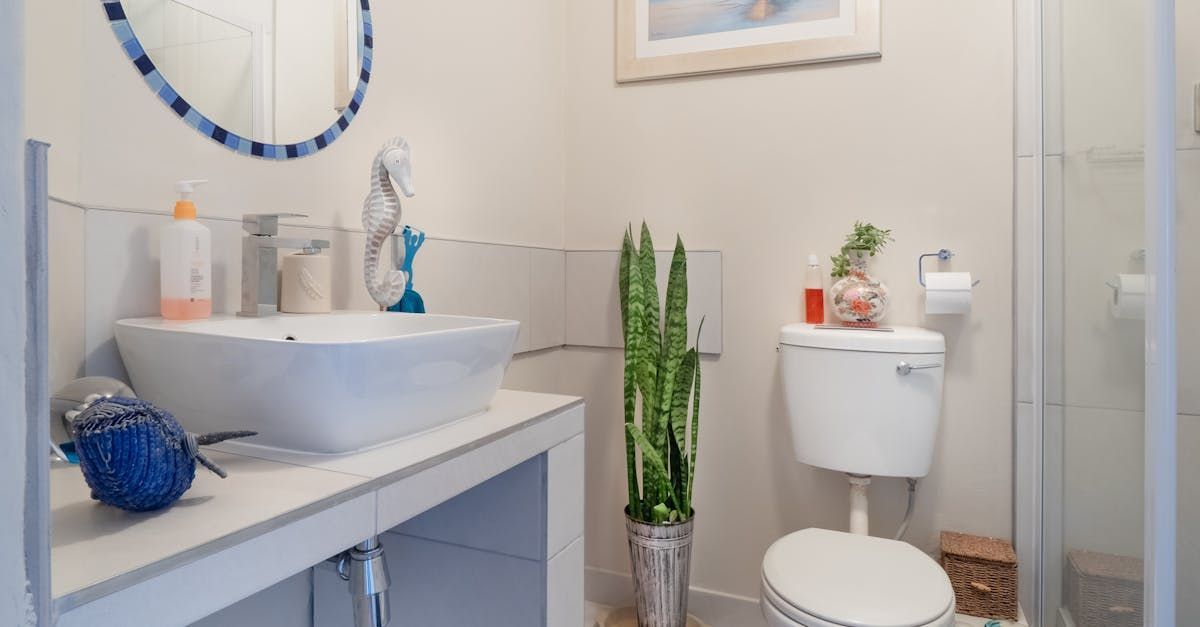
July 25, 2024
When your toilet fails to flush properly, it can quickly turn from an inconvenience into a major frustration. At Dodson Plumbing, we understand how crucial a fully functioning toilet is to your daily routine. If you're experiencing issues with your toilet, here are three common reasons why it might not be flushing properly and how you can address them. 1. Clogged Drain Line One of the most common reasons for a toilet not flushing correctly is a clogged drain line. Over time, toilets can become obstructed by various items that should not be flushed, such as wipes, feminine hygiene products, or excessive amounts of toilet paper. When the drain line becomes clogged, water flow is restricted, leading to incomplete flushing or backups. Solution: To address a clogged drain line, you can try using a plunger to dislodge the blockage. If this does not resolve the issue, you may need to use a toilet auger or call a professional plumber for more advanced techniques. Regular maintenance and avoiding flushing non-flushable items can help prevent future clogs. 2. Faulty Flapper Valve The flapper valve is a crucial component of your toilet's flushing mechanism. It controls the release of water from the tank into the bowl during a flush. If the flapper valve is damaged or worn out, it can cause weak flushing or incomplete flushing. Solution: Inspect the flapper valve for signs of wear or damage. If it appears to be faulty, replacing it is usually a straightforward task. You can find replacement flappers at most hardware stores, and installing a new one can restore your toilet's flushing power. Make sure to choose a flapper that is compatible with your toilet model. 3. Low Water Level in the Tank The water level in the toilet tank is essential for a proper flush. If the water level is too low, there won’t be enough force to push waste through the pipes, leading to weak or ineffective flushing. This issue can be caused by a faulty fill valve or issues with the float mechanism. Solution: Check the water level in the tank by lifting the lid and observing the water line. The water should be approximately 1 inch below the top of the overflow tube. If it is lower than this, adjust the float mechanism or check the fill valve for issues. If you’re unsure how to make these adjustments, consult the user manual for your toilet or seek assistance from a professional plumber. Conclusion A properly flushing toilet is essential for maintaining a comfortable and functional home. By understanding these common issues and their solutions, you can address flushing problems more effectively. If you encounter persistent issues or need professional assistance, Dodson Plumbing is here to help. Our experienced team can diagnose and fix any toilet-related problems quickly and efficiently. For reliable plumbing services and expert advice, contact Dodson Plumbing today. We’re committed to ensuring your plumbing system operates smoothly, so you can enjoy peace of mind in your home.
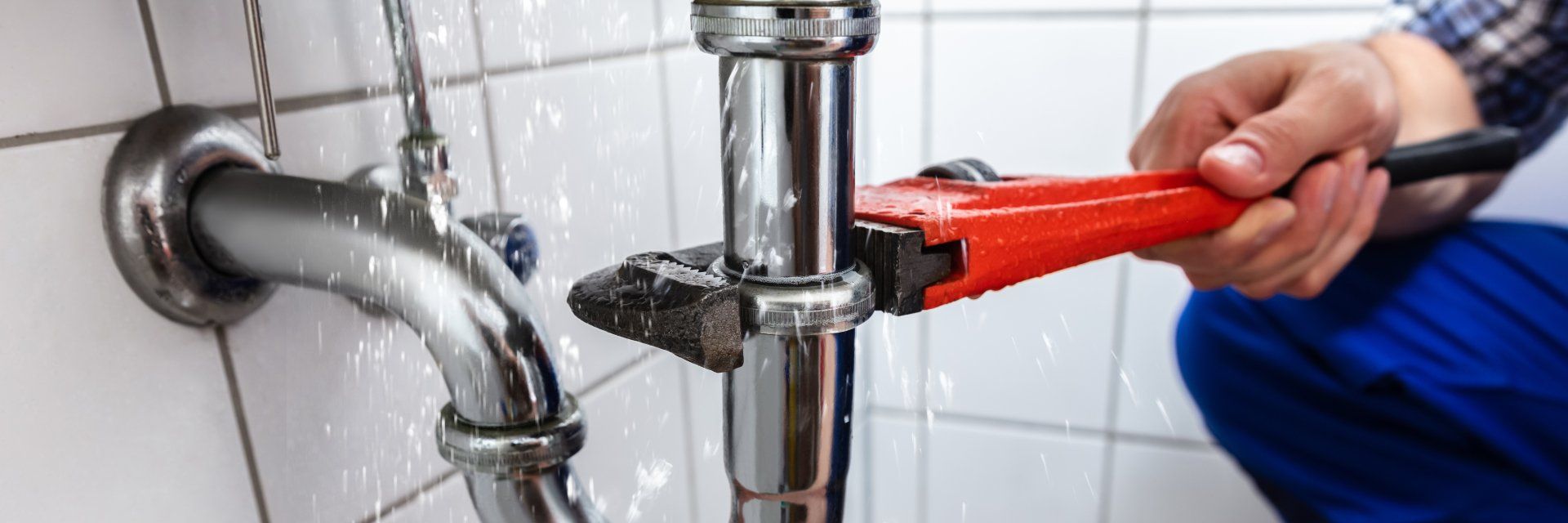
September 22, 2023
Backflow is a critical concern for the safety and purity of our water supply. When water flows in the wrong direction, it can introduce contaminants into the clean water system, posing serious health risks. To prevent this from happening, backflow prevention devices are installed in plumbing systems. However, these devices must be regularly tested and maintained to ensure their effectiveness. In this blog, we will delve into the world of backflow testing services and why consulting experts is crucial in safeguarding our water quality. What Is Backflow Testing? Backflow occurs when water flows backward into the public water supply or a consumer's plumbing system. This reversal can happen due to changes in pressure or the introduction of contaminants. When backflow happens, it can potentially contaminate the clean water supply with chemicals, bacteria, or other pollutants. Contaminated water can lead to serious health issues when consumed or used for daily activities like bathing or cleaning. That's why it's essential to have backflow prevention devices in place and ensure they are working correctly through regular testing. The Role of Backflow Testing Services Backflow testing services are responsible for verifying the functionality of backflow prevention devices. These services are essential for various reasons: Legal Compliance: Many local regulations and building codes require regular backflow testing to ensure public health and safety. Health Protection: Testing helps prevent contaminated water from entering the public water supply, protecting consumers from potential health hazards. Maintaining Water Quality: Regular testing ensures that the water supply remains free from harmful contaminants, maintaining its quality and safety. Why Consult Experts for Backflow Testing? Knowledge and Certification: Backflow testing is a specialized field that requires expert knowledge and certification. Certified technicians have the training to understand different types of backflow prevention devices and conduct accurate tests. Proper Equipment: Experts have access to the necessary equipment to perform precise tests, ensuring the backflow prevention devices are working as intended. Code Compliance: Professionals are well-versed in local regulations and codes related to backflow prevention. They can ensure that your system meets all requirements. Preventative Maintenance: Experts can identify and address potential issues before they become major problems, saving you time and money in the long run. The Testing Process During a backflow test, a certified technician will: Inspect the Device: The technician will visually inspect the backflow prevention device for any signs of damage or wear. Check for Proper Installation: They will verify that the device is correctly installed and in compliance with local regulations. Conduct a Test: Using specialized equipment, the technician will test the device by simulating backflow conditions to ensure it prevents the reverse flow of water. Record Results: The technician will document the test results and provide you with a report detailing the device's performance. Conclusion Backflow testing services play a crucial role in safeguarding our water supply and protecting public health. It's essential to consult experts who have the knowledge, certification, and equipment to perform accurate tests and ensure that backflow prevention devices are functioning correctly. By staying proactive with regular backflow testing, we can maintain the purity and safety of our water resources for generations to come.
Regulated by the Texas State Board of Plumbing Examiners.
P.O. Box 4200 Austin, Tx, 78765-4200
512-936-5200
tsbpe.texas.gov
Contact Us
Our Services
New Construction
RO Systems
Water Softners
